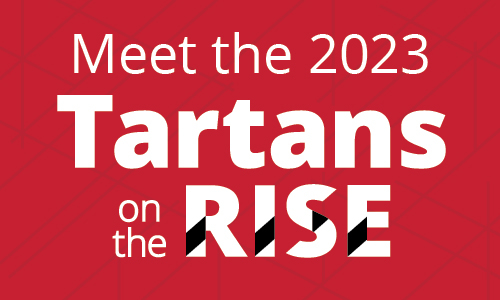Vandi Verma, Space Roboticist, NASA
Exploring Space with AI-Driven Rovers
Vandi Verma (SCS 2002, 2005) pilots rovers as the Earth-based driver for robots exploring the terrain of faraway planets.
But driving across an alien planet is actually the last step of her process at NASA’s Jet Propulsion Laboratory. She starts with designing the robots and programming their robotics software technology.
“Because Mars is so far away, sending a signal takes anywhere from four to 24 minutes, so the rover is programmed with the capability to avoid obstacles as it goes,” Vandi says. “Driving it is less like operating a remote control car and more like designing and navigating a self-driving car.”
Using NASA's automation technology, including Vandi's robotics and AI coding, robots go into space with the intelligence needed to traverse terrain and search for environments that can support — or have supported — life on Mars. Once on the planet, Vandi’s team sets the rover’s course and sends commands for mission objectives such as collecting samples, autonomously finding interesting rocks to zap with lasers, or testing oxygen production in preparation for manned missions.
She is currently driving her fourth rover, Perseverance, on Mars. By improving the rover’s autonomous capabilities with each mission, she has helped get more information for space exploration.
“In previous missions at most 7% of the driving was autonomous. In this mission, around 90% of the driving has been autonomous,” Vandi says.
The increase in autonomous driving means rovers drive a lot farther between each communication with Earth. A distance that used to take almost a year to cover now takes about a month.
“We can get between locations that have high scientific potential a lot faster, and ultimately get more information about extraterrestrial life from a larger area,” she says.
Story by Elizabeth Speed
